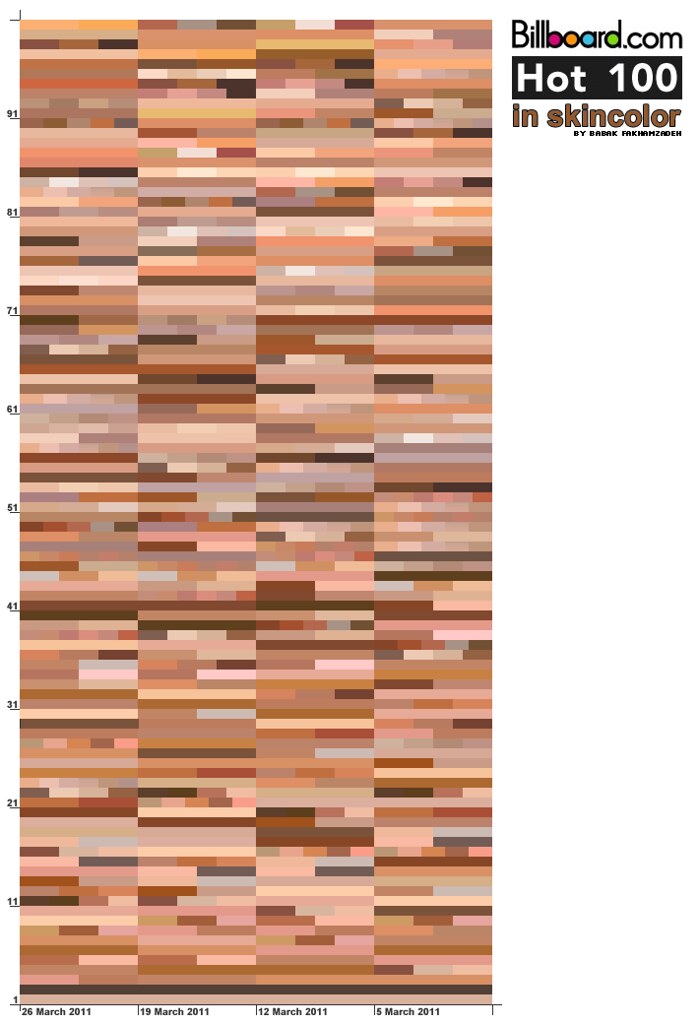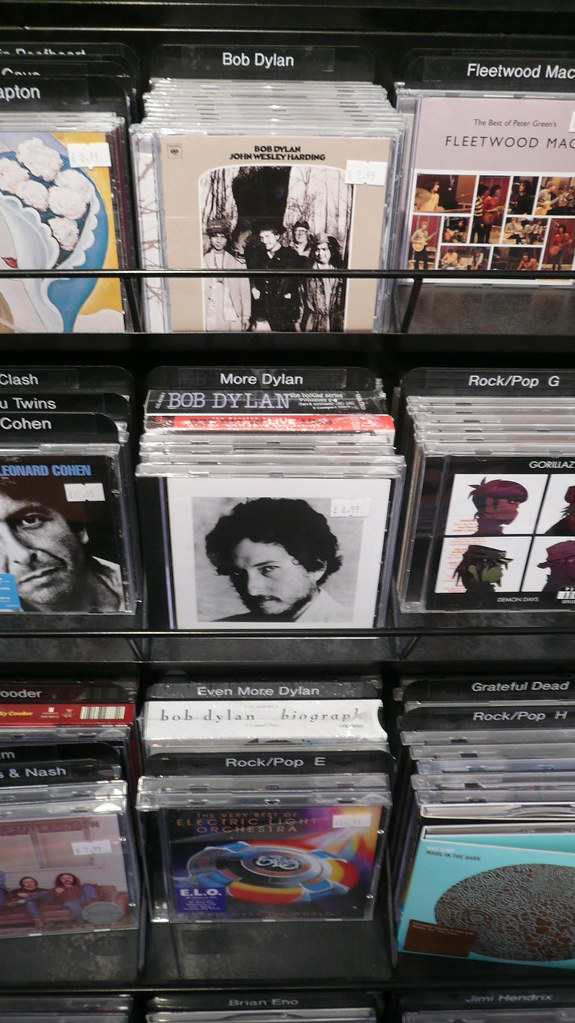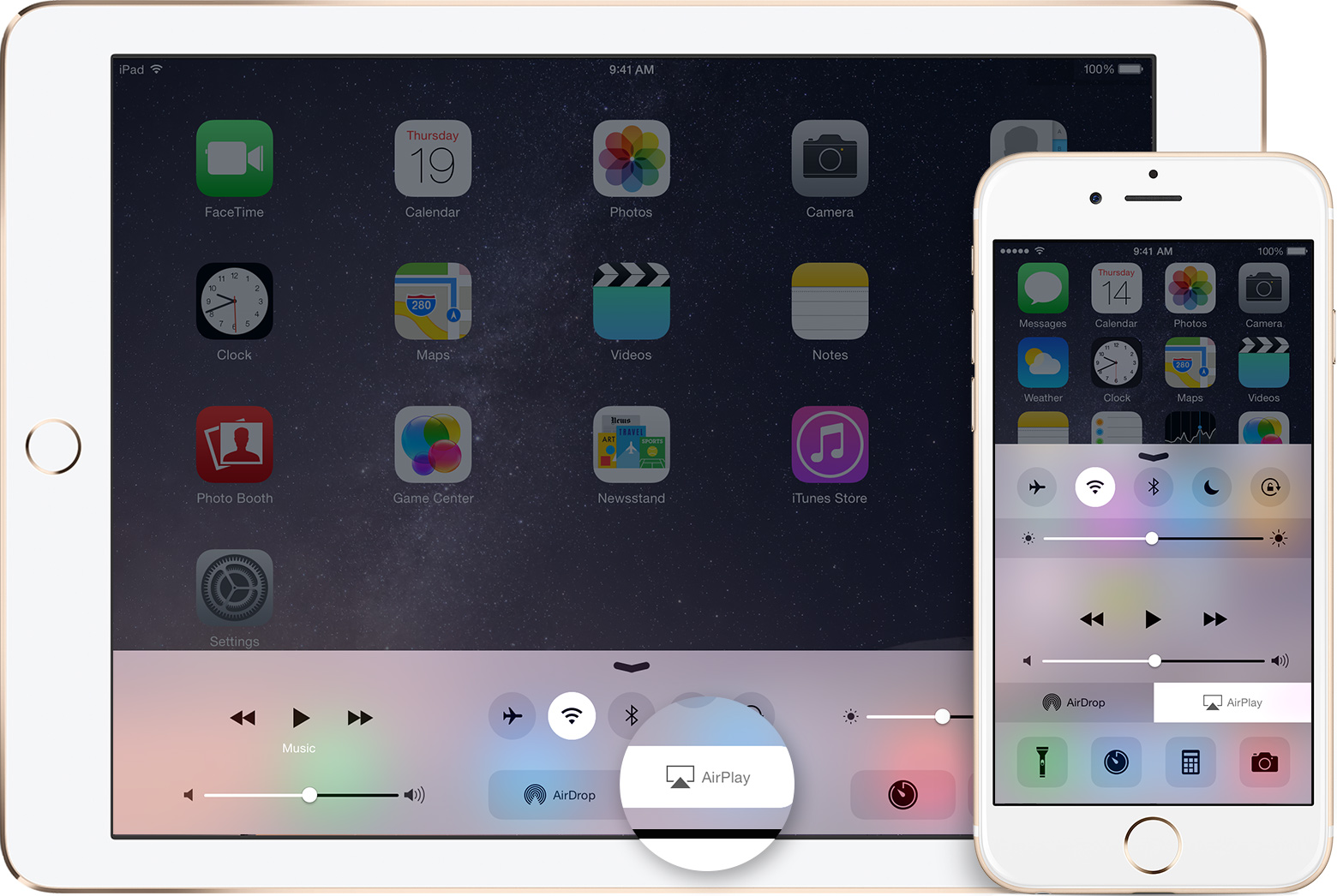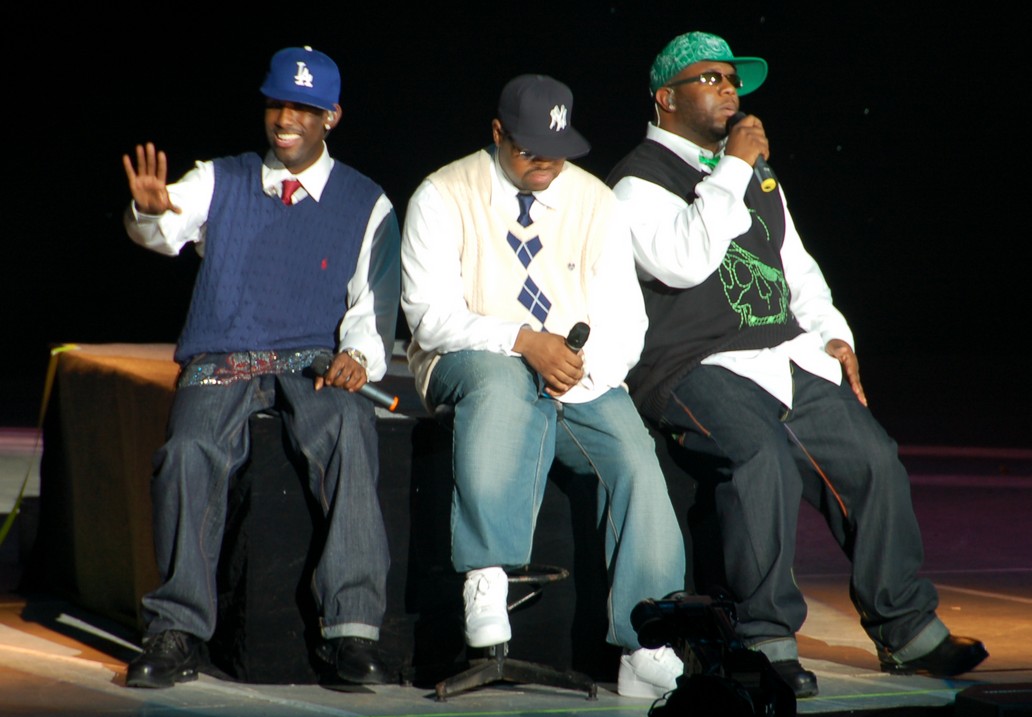
Ah, the ’90s! What a glorious era for pop culture, where flannel met glitter, and dial-up internet was still a futuristic dream. But perhaps nowhere was the decade’s vibrant energy more palpable than on the music charts. From the iconic sounds that defined our weekends to the slow jams that soundtracked our crushes, the ’90s pop landscape was a kaleidoscope of unforgettable tunes and groundbreaking artists. We’re talking about an absolute vibe, folks, and it all played out on the ultimate stage: the Billboard Hot 100.
This isn’t just about catchy melodies, though. The ’90s were a pivotal time for how we even measured musical success, witnessing revolutionary shifts in chart methodology that forever changed the game. It was a decade of innovation, not just in sound, but in the very mechanics that crowned our favorite songs as “number one.” These changes reflected a dynamic industry, always trying to keep pace with evolving listening habits and promotional strategies.
So, get ready to dust off those old mixtapes and journey back in time with us. We’re about to explore the defining moments and incredible hits that weren’t just charting – they were shaping the very essence of ’90s pop culture, setting the stage for every earworm and anthemic sing-along that still gets stuck in your head today. Let’s remember the magic, the melodies, and the marvelous madness of the decade’s pop charts!

1. **The Billboard Hot 100 Chart: The Main Stage of ’90s Pop**
First up, let’s talk about the undisputed kingpin: The Billboard Hot 100. This wasn’t just *a* chart; it was *the* chart – the main song chart of the American music industry, updated every single week by the one and only Billboard magazine. For anyone invested in the music scene, from aspiring artists to avid fans, the Hot 100 was the ultimate barometer of a song’s success and cultural impact.
It was the weekly ritual for countless music lovers: eagerly checking to see which tracks were climbing, which were holding strong, and which had earned that coveted number-one spot. This chart was more than just a list; it was a snapshot of the nation’s collective musical pulse, influencing radio playlists, record store orders, and even our own personal music collections. To be on the Hot 100 was to be part of the conversation.
Throughout the 1990s, the Billboard Hot 100 was the pulsating heart of pop music, capturing the spirit and evolution of the decade’s sounds. It provided a clear, consistent measure of what was truly resonating with audiences, reflecting both commercial sales and widespread radio airplay. It was the place where legends were made, and future classics were born, truly shaping the ‘vibe’ of an entire generation.
Every artist dreamed of topping this chart, knowing that a number-one hit on the Billboard Hot 100 solidified their place in music history. It was the pinnacle of achievement, a testament to a song’s undeniable appeal and its ability to capture the zeitgeist. For a decade defined by iconic music, the Hot 100 was the undisputed leaderboard.
Read more about: Jack Jones: An In-Depth Look at the Enduring Legacy of the ‘Love Boat’ Crooner and Nightclub Hitmaker

2. **The Pre-1991 Charting Era: Surveys and Manual Compilations**
Before the digital age fully took hold, the Billboard Hot 100 had a distinct, almost quaint, way of tallying up the nation’s favorite songs. During the early part of the 1990s, the chart’s position was “based collectively on each single’s weekly physical sales figures and airplay on American radio stations.” It was a system built on diligent observation and human input, reflecting a different era of data collection.
Imagine the groundwork involved: dedicated teams surveying retail stores across the country to track physical single purchases. Think CDs, cassette singles, and even vinyl. Simultaneously, they were also “surveying… radio stations” to understand which songs were getting the most spins. This was a monumental effort, a manual aggregation of countless data points to present the definitive list of hits each week.
This hands-on approach meant that chart positions were a direct reflection of what people were physically buying and what DJs were choosing to play. It was a more direct, perhaps even more tangible, connection to the audience’s preferences. There was a certain charm to this method, where the hustle of record store clerks and radio programmers directly influenced a song’s ascent to glory.
The accuracy of this method, while effective for its time, was inherently limited by the scope and frequency of the surveys. Nevertheless, it served as the bedrock of the Billboard Hot 100, a tried-and-true system that successfully guided the pop charts for decades, until a new wave of technology brought unprecedented precision and speed to the process.

3. **The Soundscan Revolution: Barcodes and Broadcast Data Systems**
Get ready for a game-changer! The way music sales and airplay were measured took a monumental leap forward with “the chart dated November 30, 1991.” This wasn’t just a tweak; it was a “drastic change” that modernized the entire charting process, introducing technology that would redefine how we understood a hit song’s true popularity.
Instead of the traditional method of “surveying retail stores and radio stations,” Billboard embraced a more sophisticated, data-driven approach. Sales data, for example, was no longer estimated through surveys. It was now “gathered by Soundscan via a collection of the number of barcode scans a record received.” This meant actual, verifiable sales figures were being transmitted directly, providing a much clearer picture of what consumers were buying.
And for airplay? That also got a major upgrade. Instead of relying on manual reports or estimates from radio stations, “airplay was to be compiled by Broadcast Data Systems, which continuously monitored what songs were being played on radio.” This was huge! Imagine the precision of continuous monitoring compared to periodic surveys; it offered an almost real-time understanding of a song’s radio presence, ensuring every spin counted.
This technological overhaul meant the Hot 100 became a far more accurate and responsive reflection of public consumption. It removed much of the guesswork and human error, providing a level of empirical data that was previously unimaginable. The Soundscan revolution didn’t just change the charts; it changed the music industry’s understanding of its audience, and artists’ strategies for reaching them.

4. **The “Airplay-Only” Dilemma: Boosting Album Sales**
As the ’90s progressed and the music industry constantly sought new ways to engage listeners, a fascinating, and at times frustrating, trend began to emerge. There was “a growing trend in the music industry… to promote songs to radio without the release of a commercially available singles.” This might sound counterintuitive, but it was a calculated move with a very specific goal in mind.
The primary motivation behind this strategy was clear: “in an attempt by record companies to boost albums sales.” If listeners couldn’t buy a standalone single of a popular radio track, their only option to own that song was to purchase the entire album. This was a clever marketing tactic, designed to maximize revenue in an evolving market, shifting focus from single-track purchases to full-length album consumption.
However, this promotional approach created a significant disconnect within the Billboard Hot 100’s existing rules. “Because such a release was required to chart on the Hot 100,” many undeniably “popular songs that were hits on top 40 radio never made it onto the chart.” Can you imagine a song being everywhere on the airwaves, beloved by millions, yet officially absent from the most important chart? It was a perplexing situation for fans and artists alike.
This dilemma highlighted a growing gap between what was genuinely popular on the radio and what the official charts were able to recognize. The chart’s rules, designed for a different era of music distribution, were struggling to keep up with the industry’s innovative, albeit sometimes restrictive, promotional tactics. This created a demand for change, a need for the charts to better reflect the true auditory landscape of the nation.

5. **The 1998 Hot 100 Transformation: From “Singles” to “Songs”**
Recognizing the need to adapt to these shifting industry trends and the “airplay-only” dilemma, the Billboard Hot 100 underwent another monumental transformation. “Beginning December 5, 1998, the Hot 100 changed from being a ‘singles’ chart to a ‘songs’ chart.” This wasn’t just a semantic change; it was a fundamental shift that redefined what it meant to be a chart-topping hit, finally embracing the reality of modern music consumption.
This critical rule change had an immediate and profound impact: “Not only did Billboard start allowing airplay-only tracks to chart,” but it also completely leveled the playing field for countless songs that had previously been locked out of the official rankings. Now, a song’s popularity on the radio alone was enough to earn it a spot, accurately reflecting what listeners were actually hearing and loving, regardless of physical single availability.
This update ensured that the Hot 100 truly captured the pulse of pop music, allowing the biggest radio hits to finally gain their rightful place in chart history. It was a victory for both artists and fans, providing a more comprehensive and accurate representation of the musical landscape. This adjustment brought the chart firmly into step with how people consumed music, valuing widespread exposure as much as direct purchase.
By shedding its strict reliance on physical singles, the Hot 100 became more inclusive and reflective of the diverse ways music reached audiences. It solidified the chart’s status as the definitive measure of a song’s popularity, no longer held back by outdated distribution models. This transformation truly captured the evolving ‘vibe’ of the late ’90s, where a song’s omnipresence on the airwaves was a powerful indicator of its cultural impact.
Okay, so we’ve covered the technical wizardry behind the ’90s charts, how they evolved to truly capture the nation’s listening habits. Now, let’s talk about the *music*! Because honestly, what’s a chart without the absolute bops that filled our radios and CD players? We’re diving deeper into the sheer power of ’90s pop, from the expanded soundscapes that made the charts more vibrant than ever, to the artists who practically *owned* the decade, wrapping up with a collaboration that smashed all records. Get ready to feel all the feels as we crank up the nostalgia to eleven!

6. **The Broadening of the Radio Panel: More Genres, More Vibe!**
Remember that epic 1998 chart transformation we just talked about? Well, it wasn’t just about letting airplay-only tracks on the Hot 100 – it was also about making the chart a vibrant kaleidoscope of sounds! Billboard didn’t just open its doors; it threw them wide open, inviting a whole new universe of musical styles to join the party. This was a massive win for diversity and for listeners who loved a little bit of everything.
Before this incredible shift, the radio panel that influenced the Hot 100 was pretty much “confined to the mainstream top 40, rhythmic top 40, adult top 40, adult contemporary, and modern rock formats.” That’s a good spread, sure, but the ’90s were bursting with so much more! So, when Billboard decided to shake things up, they went big, and we are so here for it. It made the Hot 100 feel less like a closed club and more like the ultimate national playlist.
With this groundbreaking move, the chart’s radio panel proudly expanded, now including “R&B, adult R&B, mainstream rock, triple-A rock, and country outlets.” Can you even imagine the excitement? This meant that genuine hits from these incredibly popular genres, which might have been massive on their own respective charts but overlooked by the Hot 100, finally had a clear path to mainstream glory. It was a recognition of the rich, diverse musical tapestry that defined the decade.
This wasn’t just a technical adjustment; it was a cultural embrace. It meant that a country ballad could stand shoulder-to-shoulder with a pop anthem, and a fiery R&B track could climb alongside a rock hit. The Hot 100 truly became a mirror reflecting the vast and varied musical preferences of America, ensuring that every genre had its moment to shine. It was all about celebrating the full spectrum of sounds that gave the ’90s its unforgettable vibe.

7. **Phil Collins’ ‘Another Day in Paradise’: Kicking Off the Decade in Style**
Alright, let’s rewind to the very beginning of the ’90s, when we were all eagerly awaiting what a new decade of music would bring. And what a start it was! The song that literally ushered in the ’90s on the Billboard Hot 100 was none other than Phil Collins’ emotional ballad, “Another Day in Paradise.” It wasn’t just a hit; it was *the* hit that greeted us on January 1, 1990.
Now, for a fun little chart fact: while it spent the first two weeks of the decade majestically perched at number one, its very first week at the summit was actually on the chart dated December 23, 1989. So, technically, it was an ’80s baby that blossomed into a ’90s superstar! But no matter its birth year, “Another Day in Paradise” undeniably defined the sound of those early ’90s weeks, setting a contemplative yet powerful tone for the music to come.
Having a song like “Another Day in Paradise” lead the charge into a new decade was a pretty big deal. It wasn’t a flash-in-the-pan dance track; it was a poignant, socially conscious song that resonated deeply with listeners. It showcased the enduring power of a well-crafted melody and meaningful lyrics, reminding us that even as chart mechanics evolved, the heart of a great song always prevailed. Talk about starting the decade with a whole mood!

8. **Santana’s ‘Smooth’ featuring Rob Thomas: The Decade’s Grand Finale**
Fast forward to the absolute tail end of the ’90s, and what a way to wrap things up! As the millennium approached, a fiery, Latin-rock fusion track burst onto the scene, capturing everyone’s hearts and dominating the airwaves. We’re talking about Santana’s “Smooth” featuring the incredible Rob Thomas, a song that didn’t just close out the ’90s; it exploded into the next decade with an undeniable swagger.
This track wasn’t just a sensation; it was a chart phenomenon! “Smooth” finished the decade on an unbelievably high note, and then, get this, it continued its reign into the 2000s with an astonishing “12-week run atop the Hot 100.” That’s right, it spent a whopping three months as the number-one song in America, proving that true artistry transcends time and trends. It was the perfect bridge from one era to the next, proving that the ’90s had some serious staying power.
“Smooth” was more than just a song; it was an experience. The iconic guitar riffs, Rob Thomas’s soulful vocals, and that irresistible rhythm created an absolute masterpiece that instantly became a classic. It perfectly encapsulated the evolving musical landscape of the late ’90s, blending different styles into something fresh, exciting, and utterly irresistible. What an exhilarating way to wave goodbye to a truly legendary decade and welcome the future!

9. **Mariah Carey: The Undisputed Queen of ’90s Chart Dominance**
Alright, prepare to bow down, because when we talk about ’90s chart dominance, one name reigns supreme: Mariah Carey. She wasn’t just a pop star; she was a chart *force*, a vocal powerhouse who delivered hit after glorious hit with a consistency that was simply breathtaking. Mariah didn’t just participate in the ’90s pop scene; she sculpted it, leaving an indelible mark that continues to inspire.
Her statistics are nothing short of legendary. Throughout the 1990s, Mariah Carey “amassed the most number-one hits (14 songs)” and held “the longest cumulative run atop the Billboard Hot 100 chart (60 weeks).” Think about that for a second: 14 number-one singles and over a year of cumulative time spent at the very top! This wasn’t just success; it was unprecedented, unparalleled chart mastery. She really owned that decade, didn’t she?
And if that wasn’t impressive enough, Mariah also holds a truly unique distinction: she is “the only artist to spend at least one week at the summit of the chart in each year of the decade.” From 1990 to 1999, Mariah Carey consistently delivered hits that captivated audiences and dominated the Hot 100, year in and year out. Her longevity and consistent quality during this era are a testament to her incredible talent and knack for crafting undeniable anthems.
Mariah’s run in the ’90s wasn’t just about numbers; it was about the sheer *impact* of her music. Her incredible vocal range, her ability to blend pop, R&B, and even touches of gospel, created a sound that was uniquely hers and universally adored. She didn’t just make songs; she created moments, entire ’90s moods that we still jam to today. She truly set the bar for pop superstardom.
Read more about: Mariah Carey’s Unprecedented Vegas Takeover: The ‘Demand’ That Commands Sin City’s Stage for the Holiday Season

10. **Boyz II Men: The Kings of R&B Soul and Chart Staying Power**
Now, if Mariah Carey was the queen, then Boyz II Men were undoubtedly the kings of smooth R&B soul that absolutely conquered the ’90s pop charts. Their harmonies were legendary, their ballads were swoon-worthy, and their chart performance? Absolutely phenomenal. They weren’t just a vocal group; they were a cultural phenomenon, bringing a sophisticated, heartfelt sound that resonated with millions.
These vocal legends were a consistent presence at the top, proudly holding their ground. Boyz II Men “remained at the top of the Billboard Hot 100 chart for 50 weeks during the 1990s.” Fifty weeks! That’s almost an entire year of their music being the number one sound in America. Their ability to deliver hit after hit was truly exceptional, showcasing a perfect blend of vocal talent and undeniable charisma.
Their chart dominance wasn’t just about accumulating weeks; it was about the power of individual songs. They “scored five number-one songs,” each a testament to their incredible appeal. But here’s the kicker: “three of them spending over 10 weeks atop the chart.” Seriously, three different songs with double-digit weeks at number one? That’s not just a hit; that’s an enduring anthem, a track that dug its heels in and refused to budge.
Boyz II Men’s influence on the ’90s soundscape cannot be overstated. Their soulful harmonies and heartfelt lyrics made them the go-to group for slow jams, prom dances, and emotional moments. They weren’t just making music; they were crafting the soundtrack to our lives, proving that authenticity and vocal prowess could lead to unprecedented chart success and leave an everlasting mark on a generation’s vibe.

11. **’One Sweet Day’: The Unbreakable Record of Mariah Carey and Boyz II Men**
And now, for the grand finale, the ultimate ’90s chart story, a collaboration that brought together two of the decade’s biggest titans for a record that stood for over two decades! We’re talking about the powerhouse team-up of Mariah Carey and Boyz II Men, delivering the emotional masterpiece, “One Sweet Day.” Get ready, because this song wasn’t just a hit; it was a phenomenon that rewrote the record books.
When these two ’90s giants joined forces, magic happened. “One Sweet Day,” performed by Mariah Carey and Boyz II Men, didn’t just reach number one; it absolutely *dominated* the chart, spending an unprecedented “16 weeks on top of the chart.” Sixteen weeks! In an era of fierce competition and ever-changing musical tastes, this song held its ground, week after glorious week, becoming the longest-running number-one single in Billboard Hot 100 history at the time.
This incredible achievement wasn’t just a testament to the individual star power of Mariah and Boyz II Men; it was a celebration of their collective genius. The raw emotion, the stunning vocal interplay, and the universal message of love and loss resonated with millions across the country. It proved that when the right artists come together with the right song, they can create something truly timeless and untouchable.
“One Sweet Day” became an instant classic, a song that transcended genres and demographics. Its record-breaking run cemented its place in music history, showcasing the immense cultural impact that ’90s artists could achieve. It wasn’t just a song that topped the charts; it became a part of our collective memory, a soundtrack to moments of reflection and connection, leaving us all with an absolutely unforgettable vibe.
So there you have it, a wild ride through the ’90s pop charts, a decade where the music was just as dynamic and transformative as the chart mechanics themselves! From the revolutionary shifts that made the Hot 100 more accurate and inclusive, to the iconic artists and songs that dominated our airwaves and hearts, the ’90s truly were a golden age. These soundtracks weren’t just hits; they were the absolute vibe, shaping our memories and proving that the power of pop music is truly timeless. So, go ahead, crank up those ’90s jams, and let the good times roll!



